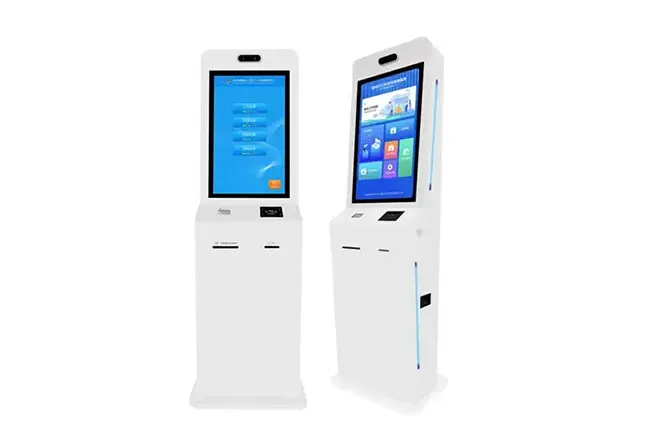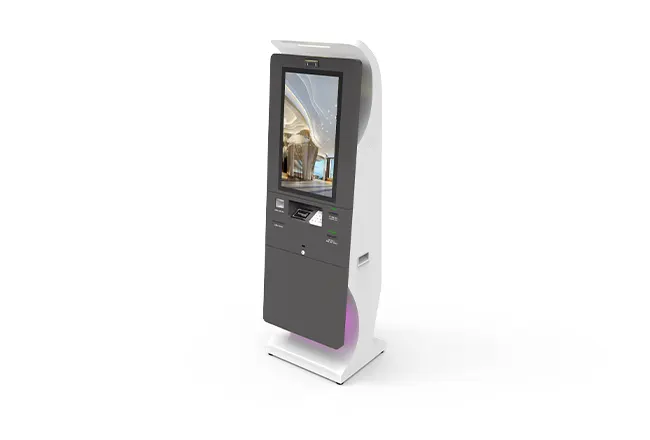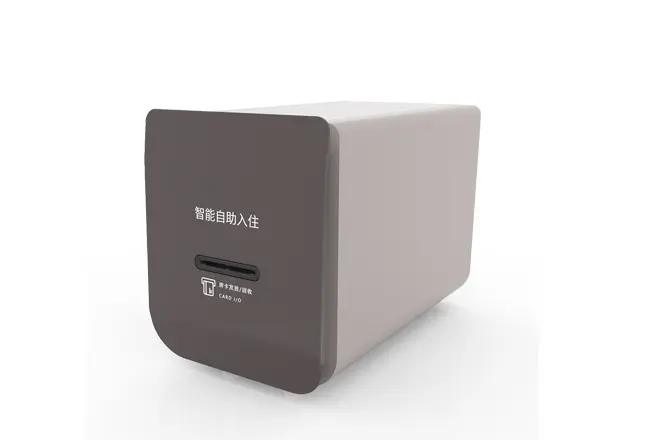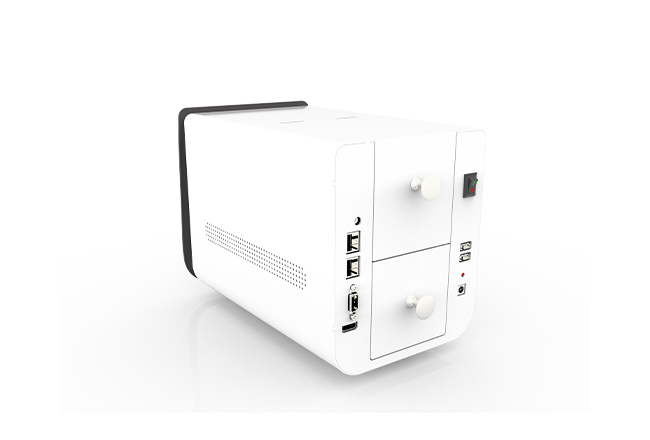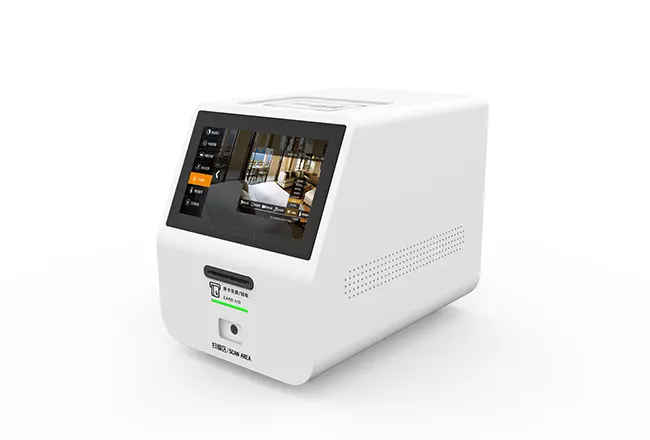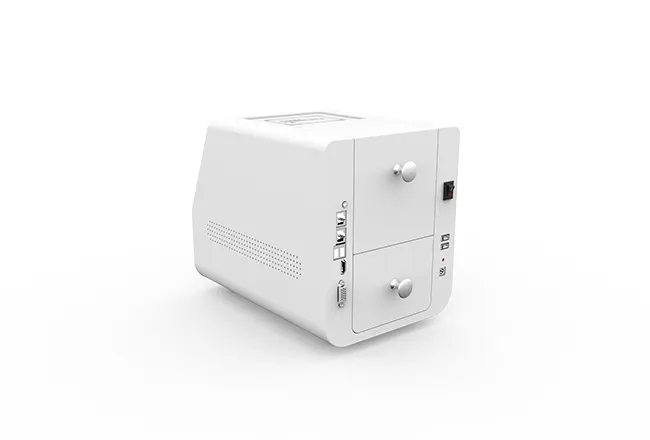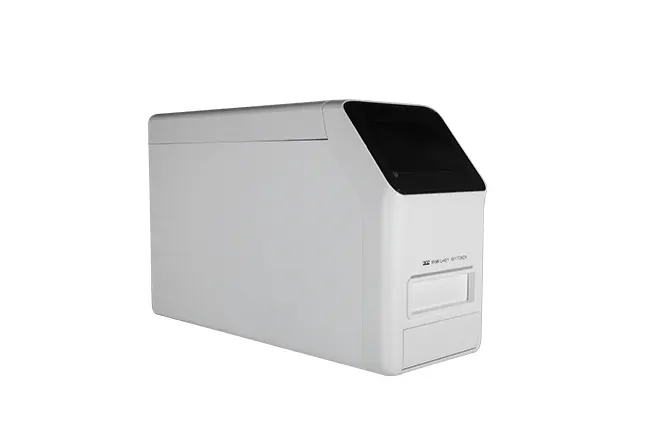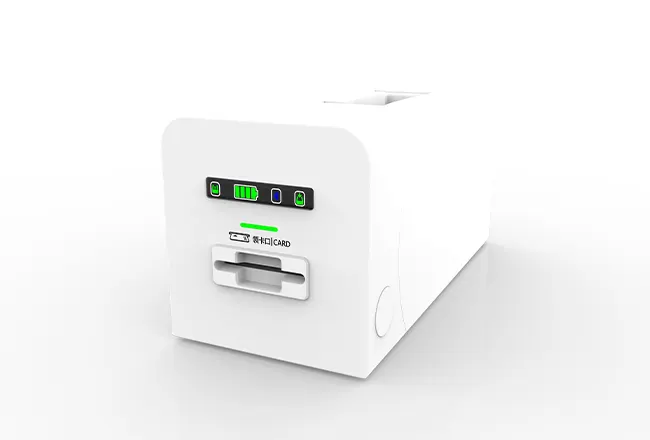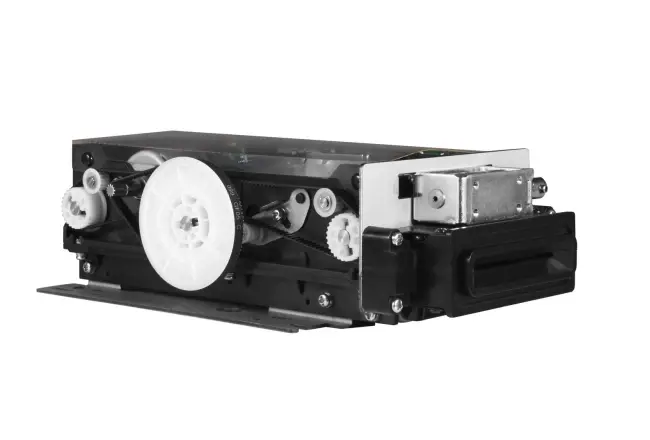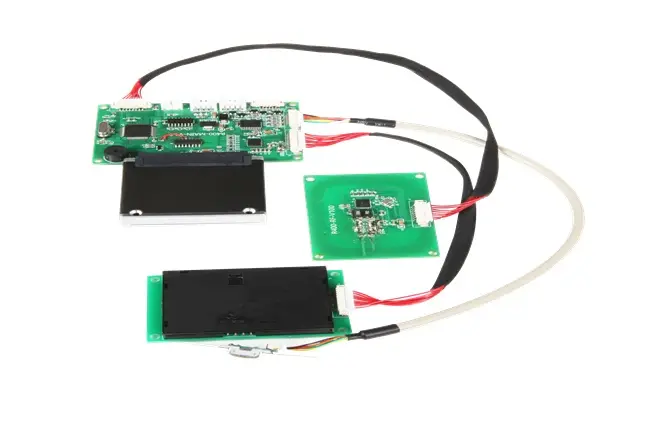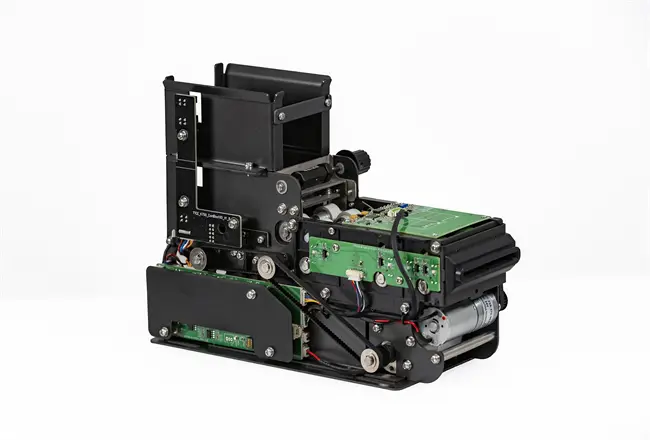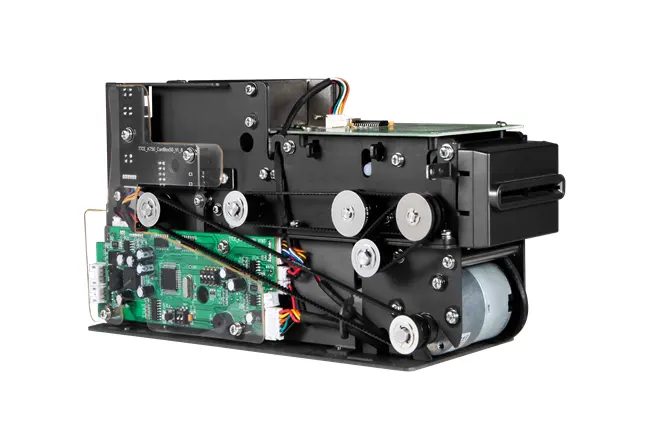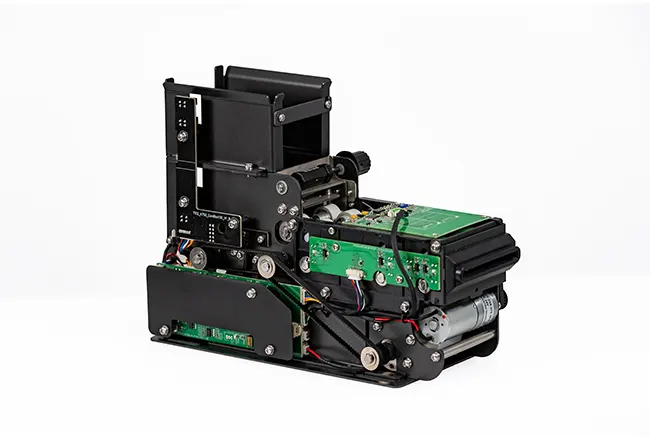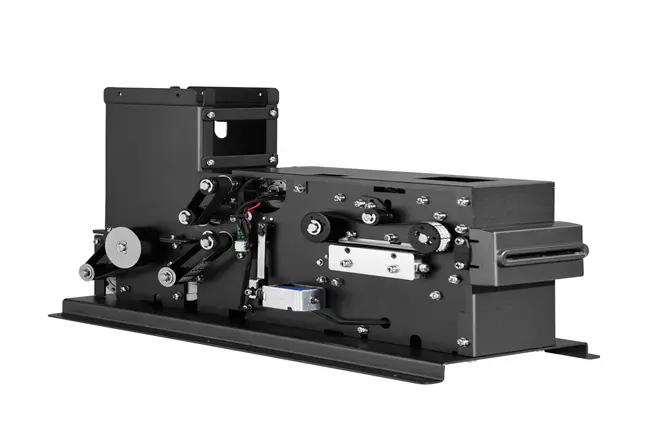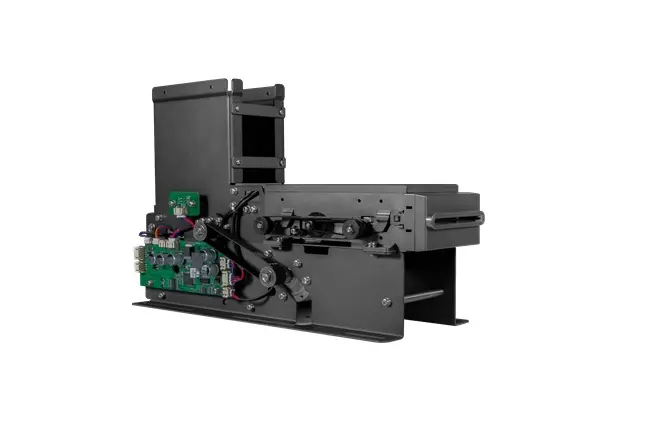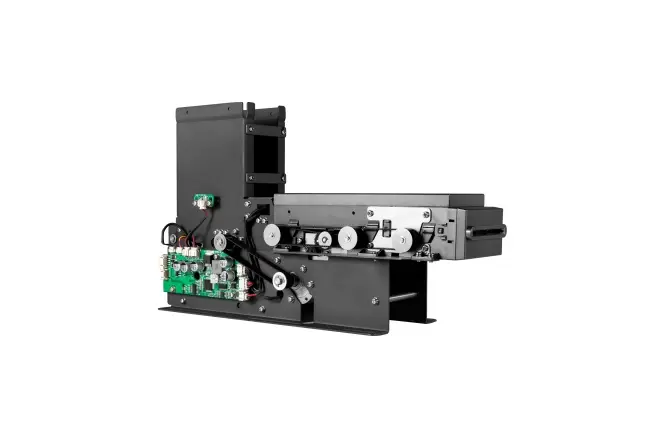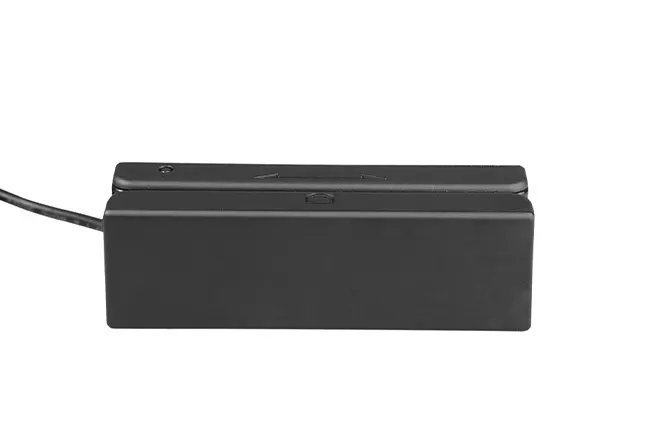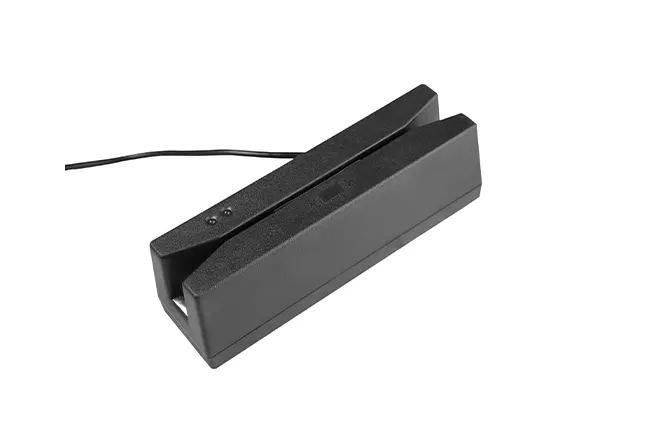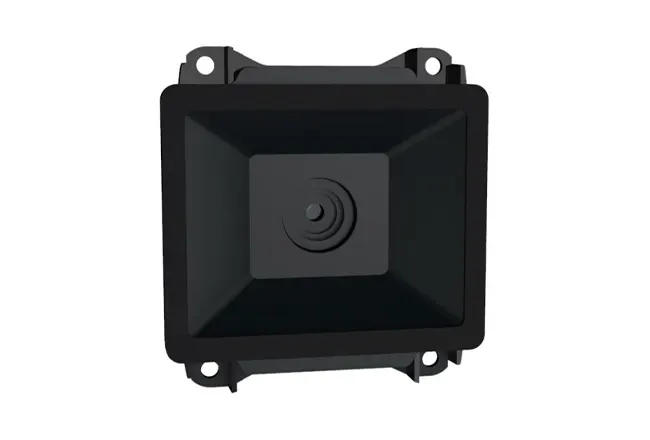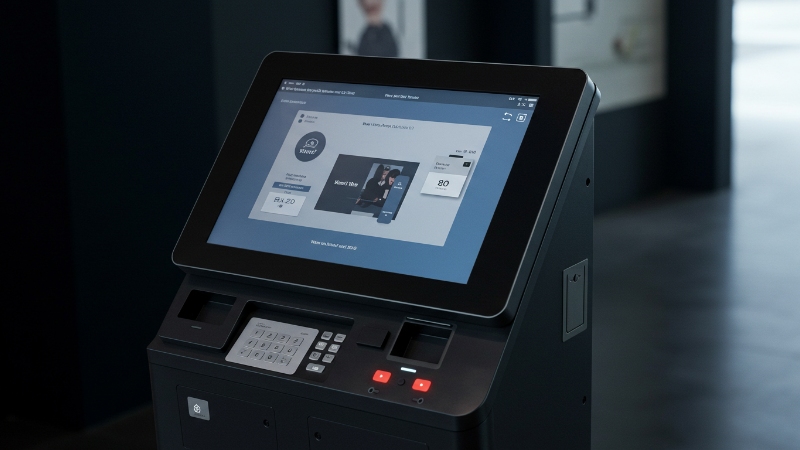Blog Related
Top Credit Card Vending Machine Issues and Fixes
2025-09-26Credit Card Vending Machine deployments rise or fall on three basics: uptime, trust, and a smooth handoff from request to card-in-hand. From TTCE's vantage point on factory floors and in busy lobbies, we've learned that small gaps in mechanics, connectivity, and on-site control create outsized headaches. The good news: most failures are predictable - and preventable - when hardware and workflow are designed as one system.
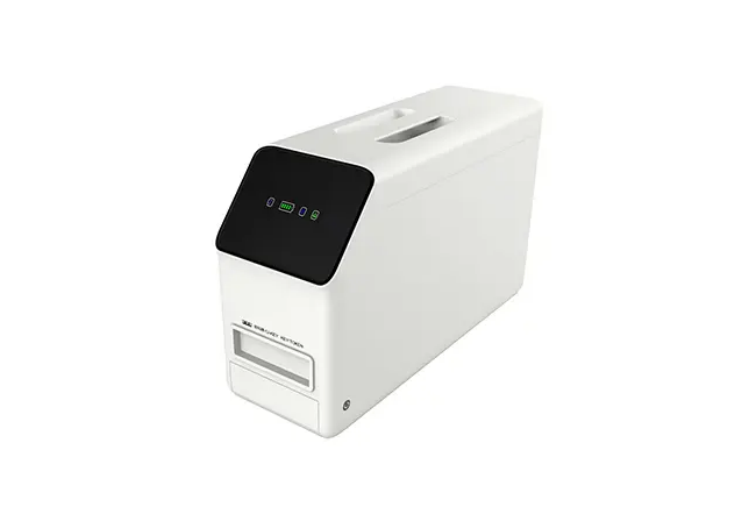
1) What Actually Goes Wrong in the Field
Every operator knows the visible symptoms: a queue forming, a screen stuck on "processing," a customer walking away. The root causes usually trace back to how the machine moves and protects media, how it talks to the network, and how quickly a technician can read the situation. When a Credit Card Vending Machine splits dispensing, scanning, and recycling across loosely coupled parts, tiny misalignments turn into jams or half-ejected cards. That's not merely inconvenient; it erodes trust at the moment of truth and forces manual intervention that stalls the whole site.
• Downtime from Media Handling Friction
Mechanical complexity invites error. If the feed path isn't integrated, a single skew can leave a card dangling at the gate. Rework follows: open the panel, free the card, run a test cycle, hope the queue hasn't doubled. This is where integration matters. A unified assembly that dispenses, scans, and recycles as one motion path reduces those failure points and keeps the flow calm and predictable.
• Connectivity Blind Spots
Many fleets rely on one channel - usually Wi-Fi or Ethernet. One blip and a kiosk drops "offline," even though the device itself is fine. Worse, staff often learn about the outage only after a queue appears. Without at-a-glance diagnostics, minor network noise masquerades as a major outage. In high-traffic locations, that perception is costly. For Credit Card Vending Machine operations, visibility and fallback are part of availability, not nice-to-haves.
• Security and Physical Control
Card stock is valuable. If a box can be removed without automatic locking, media can spill - or disappear. Loose doors and exposed bins invite tampering. When indicator lights are unclear, a simple "empty card" condition turns into a service call. Physical design - not just software - sets the pace of a technician's fix and how well your brand manages risk.
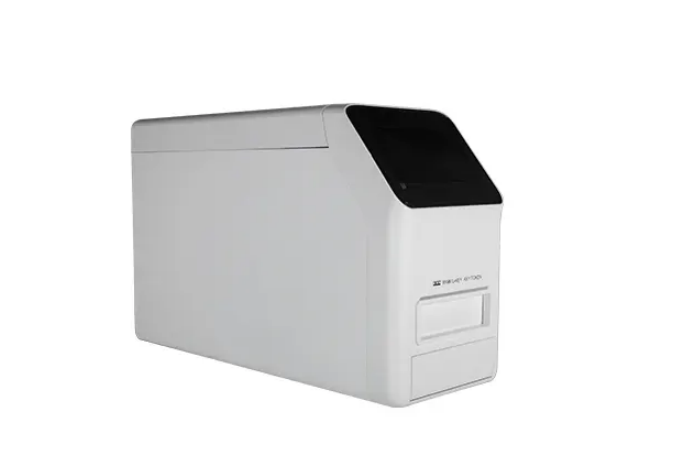
2) Fixes That Cut Downtime and Cost
At TTCE, we design for real-world conditions. Practical choices in mechanics, status visibility, and connectivity remove the friction you'd otherwise pay for - in staff time and customer complaints.
✅ Hardware Choices That Prevent Failure
- Integrate the motion path: One assembly that dispenses, scans, and recycles reduces alignment drift and jam points.
- Use a lockable, enclosed card box: A shielded, portable box protects inventory during loading and transport, keeping stock secure between back office and kiosk.
- Default to a self-locking gate: When the loading box is removed, the gate locks automatically; when installed, it opens on its own. No exposed media, no extra steps.
- Make status visible at a glance: LEDs for Wi-Fi, empty-card, power, and Bluetooth enable instant on-site triage.
- Go compact and lightweight: Smaller footprints speed installation and expansion, especially in dense lobbies and counters.
Those choices pay off because they attack the most common failure modes. A Credit Card Vending Machine built this way is easier to service, and easier machines stay online longer. You'll feel it in shorter queues and fewer urgent tickets.
✅ The Operator Playbook (Simple and Repeatable)
A few operational habits multiply the hardware gains. Run dual-path connectivity - Wi-Fi alongside a network port - so one link backs up the other. Standardize on an Android-based control layer to streamline updates and support peripherals through USB, Bluetooth, and Ethernet without custom work. Train staff to read the indicator lights first, then follow a short checklist that covers card stock, door locks, and network state. Keep a spare enclosed card box on site so a swap takes minutes, not hours. These practices turn firefighting into routine care for any smart card vending kiosk.
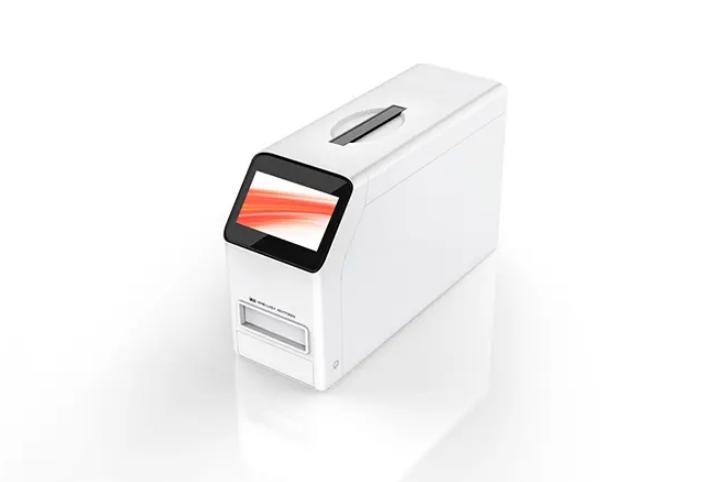
3) How TTCE Builds Reliability Into Your Fleet
We manufacture for the messy reality of public environments: banks, transit hubs, hotels, offices, retail counters, and parking or ticketing kiosks. Our automated u-key dispenser integrates box dispensing, scanning, and recycling to manage the full media life cycle in one compact unit. The movable, fully enclosed card box includes a self-locking gate that locks automatically when the box is removed and opens automatically upon installation. That single detail guards inventory and simplifies swaps - no exposed media, no extra levers, no guesswork.
We support the Android system for control and user interface, with screen display, and familiar connectivity options - USB, network port, Bluetooth, and Wi-Fi - so deployment is fast and integration stays straightforward. Status indicator lights for Wi-Fi, empty card, power, and Bluetooth make on-site checks unambiguous. The unit's small footprint and light weight let operators add sites fast - no cabinetry rebuilds or floor-plan changes.
In banking, it powers instant ATM card issuance and other self-service flows. Transit agencies keep queues moving with rapid travel-card vending. Hotels, offices, and events issue secure access badges on demand. Retailers print membership and gift cards at the counter. Parking and ticketing kiosks rely on quick, dependable distribution. Across all of these, integrated mechanics and clear diagnostics turn complexity into a repeatable routine.
From the operator's seat, the benefits stack up: fewer parts mean fewer jams; at-a-glance states mean quicker fixes. Dual-path communications turn "offline" into brief blips, not full outages. When the Credit Card Vending Machine runs steadily, customers stay confident and staff stay focused on service - not recovery.
❓ Why This Matters for Operations and Brand Trust
- Lower downtime: Integrated mechanics and self-locking gates avert the stoppages that stall lines.
- Faster service calls: LED indicators point technicians straight to stock, power, or link issues.
- Stronger customer confidence: Protected media and reliable connectivity reduce abandoned transactions.
If you're planning a refresh, think through the full loop: stock arrives in a protected box, the box locks itself when removed, the gate opens only when installed, the device signals its state clearly, and your network has a fallback path. That loop is what keeps a Credit Card Vending Machine dependable day after day - and it's precisely the loop TTCE designs into our systems. For search visibility, this approach also aligns with what buyers look for under long-tail queries like "self-service banking kiosk reliability" and "secure access card dispenser." It's not marketing spin; it's how you keep people and queues moving in high-traffic spaces.
CTA - Ready to cut downtime and lift throughput? Partner with TTCE to pilot our integrated dispenser in your Credit Card Vending Machines or self-service banking network. We'll map the end-to-end service flow, train your team for rapid swaps and checks, and craft a scale-ready rollout plan - no surprises.

